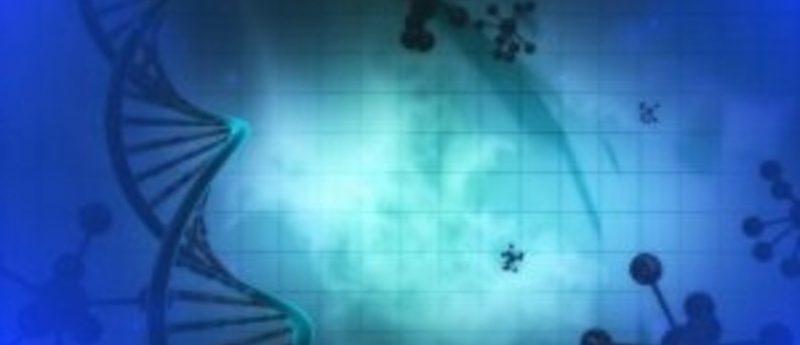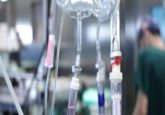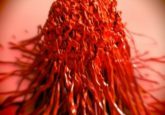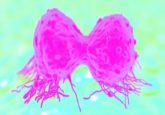Ki-67 levels may predict risk of breast cancer development

A collaborative research effort between Harvard Stem Cell Institute (HSCI) researchers at Dana-Farber Cancer Institute (DFCI) and colleagues at Brigham and Women’s Hospital (BWH; both MA, USA) has identified a molecular marker in normal breast tissue that can predict a woman’s risk for developing breast cancer.
Under the direction of HSCI Principal Faculty member Kornelia Polyak from DFCI and Rulla Tamimi of BWH, the research was published in the April 1 issue of Cancer Research. The study develops Polyak’s earlier research findings that women identified as having an increased risk of developing breast cancer had a higher number of mammary gland progenitor cells.
In this study, the researchers examined breast tissue biopsies from 302 individuals initially diagnosed with benign breast disease (69 later became breast cancer cases and 233 were controls).
Tissue from the 69 individuals who developed breast cancer was compared with tissue from the 233 who did not. It was discovered that women with a higher percentage of Ki-67 in the cells that line the mammary epithelium, were 5 times more likely to develop cancer.
Ki-67 levels are already tested by doctors to inform treatment plans, but this is the first time Ki-67 has been linked to precancerous tissue and been utilized as a predictive tool.
“Instead of only telling women that they don’t have cancer, we could test the biopsies and tell women if they were at high risk or low risk for developing breast cancer in the future,” explained Polyak.
“Currently, we are not able to do a very good job at distinguishing women at high and low risk of breast cancer,” added Tamimi. “By identifying women at high risk of breast cancer, we can better develop individualized screening, and also target risk reducing strategies.”
At the current time mammograms are the most effective tool for early detection of breast cancer. However, there are well-known risks including the use of radiation in screening, false-positive results, false-negative results and overdiagnosis potentially causing psychological distress, delayed treatment or overtreatment.
The authors indicate that screening for Ki-67 levels would be relatively easy to introduce in current settings; however, they first aim to reproduce the results in an independent cohort of women.
Source: HSCI news release




